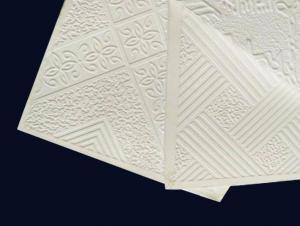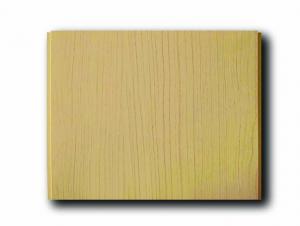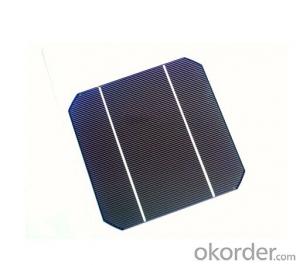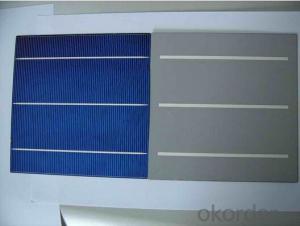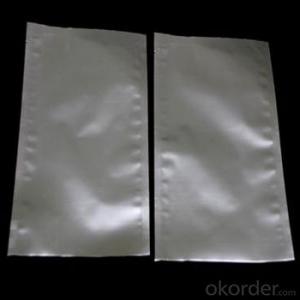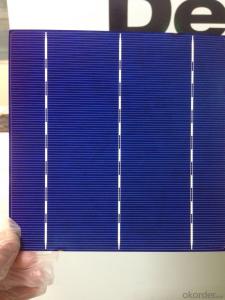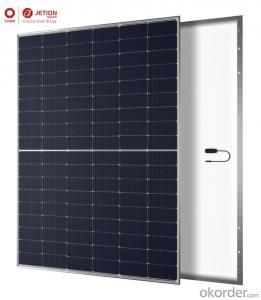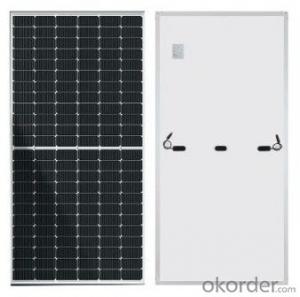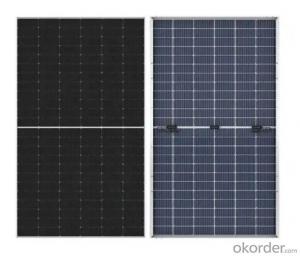Efficiency Of Solar Cells
Efficiency Of Solar Cells Related Searches
Shiny Or Dull Side Of Aluminum Foil For Cooking Inverter For 100w Solar Panel Solar Panel Inverter For Rv Pvc Tiles For Walls Wall Lights For Bedrooms Inverter Ac With Solar Panel Solar Panel With Inverter Kit Solar Panel Kits With Inverter Solar Panel With Inverter Direct Roving For PultrusionHot Searches
Type Of Inverter For Solar Price Of Shipping Containers For Sale Types Of Inverter For Solar Used Sandwich Panel For Sale Bags Of Cement For Sale Pvc Chairs For Sale Tilt Panel Props For Sale Types Of Temporary Side Panels For Cement Deck Cost Of Awnings For Decks Type Of Scaffolding With Pdf Price Of Scrap Stainless Steel Price Of Stainless Steel Scrap Price Of Stainless Steel Type Of Stainless Steel Types Of Stainless Steel Grades Types Of Stainless Steel China Aluminum Coil Factory pvc pipe manufacturers in usa Sandwich Panel Price In India Aluminum Corp Of China StockEfficiency Of Solar Cells Supplier & Manufacturer from China
Okorder.com is a professional Efficiency Of Solar Cells supplier & manufacturer, offers integrated one-stop services including real-time quoting and online cargo tracking. We are funded by CNBM Group, a Fortune 500 enterprise and the largest Efficiency Of Solar Cells firm in China.Hot Products
FAQ
- Why are they placed there? How come they aren't placed on the floor or window.My fiance and I are interested in putting solar panels on our new home. I was really curious and google wasn't giving me the answer. My roof is pretty small in our new house and I don't think it would fit there. Why is it usually placed there and is there another place? You will be chosen as best answer if you answer all my questions. Thanks in advance, and I would appreciate if nobody is rude. Otherwise, I will have to report abuse.
- Solar panels are placed on the roof because many times the roof has good exposure to the sun providing the roof is not blocked by trees or something else so that sufficient sunlight wouldn't be absorbed. Also the panels would more likely not get damaged on the roof opposed to being in the yard. If they were mounted on the windows, how could you see? And, the windows could easily break and then what would happen to the panels? Placing the solar panels on the floor would not be practical. A lot of sunlight is needed for the cells to produce electricity and how much goes on the floor? Most roofs are at an angle which could perhaps improve the amount of sunlight the panels would get, and roofs provide a lot of unused space. The roof is the best place. Furthermore, roof solar panels are available now to blend in better with the roof so that they are more pleasing to the eye. Even if you have a small roof, some panels could be placed there provided the roof is not blocked so that the sunlight it gets would be sufficient (about 4 or 5 hours of sunlight a day is needed). And, if you needed addition panels, they could be mounted in your yard as long as the mount was close to your power box and received sufficient sunlight. I applaud your desire to use solar panels. You could possibly save 50 - 90% on your electric bill and help your environment at the same time! A Win - Win situation!!
- Yes, solar panels can be installed on golf courses. In fact, golf courses provide ample open space and sunlight exposure, making them suitable for solar panel installations.
- Yes, solar panels can be used in disaster relief efforts. Solar panels provide a reliable and sustainable source of electricity, which is crucial during times of disaster when traditional power grids may be disrupted. They can be used to power essential equipment, lighting, and communication systems in disaster-stricken areas, enabling emergency response efforts, medical services, and providing support to affected communities. Additionally, solar panels can be easily transported and set up in temporary shelters or mobile units, making them an efficient and versatile solution for disaster relief operations.
- Hi, I have in my sailboat 2 2 V batteries. I would like to buy solar panel(s) in order to recharge them. As i am in mexico and there is always high sun . i think it is a good idea.Usage of the batteries is very light . I have found 5-2V pannels with 80mA that fit in the sailboat. I want to know if and how i can have like 5 to 0 of them set together to charge the batteries and what other material would i need.also, i would like to know what happend if the pannels only send on 5V in a 2 V battery? Is it still charging but on 40 % of the capacity a 2 v pannel would charge or its just not doing nothing ?
- I don't know what you have avilable to you down there, but if you were in the states i'd say go to a camping supply store they have lots of solar options out today. check one link below
- Which is more efficient at producing energy? Reference(s) would be nice, but not required.
- Depends on the planet and solar panel. Generally, solar panels are more efficient according to these figures I bumped into. Photosynthetic efficiencies range from 0.% - 8%!
- Solar panels can have a positive impact on the local economy in several ways. Firstly, the installation and maintenance of solar panels create jobs, stimulating employment opportunities. Additionally, solar energy reduces the dependence on fossil fuels, thereby decreasing energy costs and increasing savings for businesses and households. This can lead to more disposable income, which can be spent locally, contributing to economic growth. Moreover, solar energy projects attract investments and promote the growth of renewable energy industries, further boosting the local economy.
- nan
- Solar panels collect energy from the sun and then provide it to a system that typically concentrates it. Solar energy comes to us in the form of heat and light. Photovoltaic panels take the light energy from the sun and convert it to electricity. Although the maximum efficiency is around 42% in the lab most commercial models you will see are from 8 to 22% efficient. Adding collectors together concentrates this energy into usable amounts. Solar thermal panels are from 60 to 80% efficient. They come in many different types and collect the heat energy from the sun. That heat may then be stored in some form of thermal mass where it becomes concentrated sufficiently to be used. Solar thermal panels can be used to heat a medium. This can be a phase change material, air, or water. Solar thermal air panels are cheap to make and offer a quick pay back period. Solar thermal panels for some heating and hot water systems circulate water. Vacuum tube collectors are solar thermal panels that may heat water directly or a phase change materials. They can operate better in cloudy and colder weather with more efficiency. Air and water panels are often called flat panels as a way to contrast them with vacuum tube collectors. Solar thermal panels often lead to some form of energy storage called thermal mass (water tanks, phase change materials, masonry walls and rocks.) Photovoltaic panels make electricity that is stored in batteries, used or sent to the general grid. Panels are only one way to collect solar thermal energy. Other types of collectors are used commercially and are often called simply solar concentrators. Some are called parabolic trough collectors and parabolic dish collectors.
- Yes, solar panels can be installed on a flat roof. In fact, flat roofs are often considered ideal for solar panel installations due to their easy accessibility and potential for optimal sun exposure. Additionally, there are various mounting systems available that can be used to securely attach solar panels to flat roofs.








